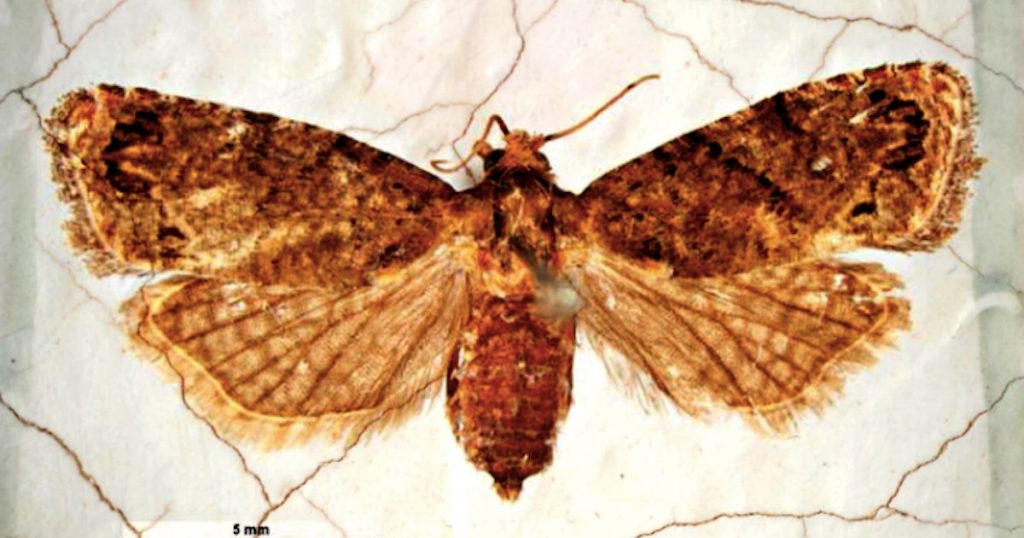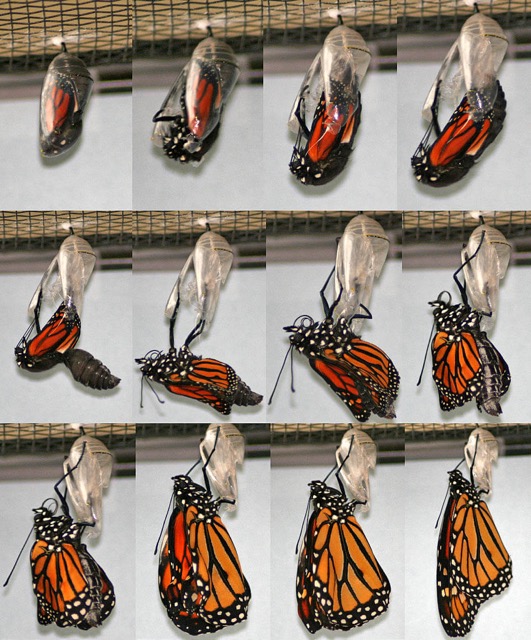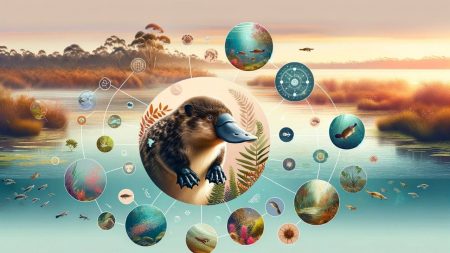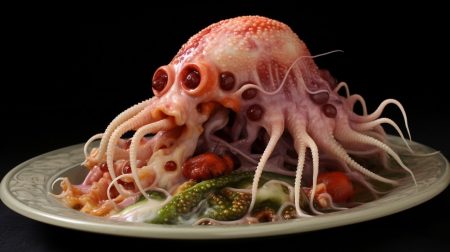Have you ever stopped to appreciate the beauty of a butterfly fluttering by? Butterflies are a sight to behold, from their vibrant hues to their effortless grace.
But did you know there is much more to these delicate insects than meets the eye? This article will uncover some amazing facts about butterflies that you may not have known before.
Butterflies are one of nature’s most captivating creatures. They possess an incredible array of physical attributes and behaviors, which make them incredibly fascinating to observe.
From their slender bodies, colorful wings, and spectacular vision to their unique migration patterns and symbiotic relationships with plants, there are many intriguing things to learn about these amazing insects.
From the way they taste to their incredibly long migration journeys, get ready to be blown away by the awe-inspiring world of butterflies through the list of these amazing facts about butterflies.
Table of Contents
- 1. Here are 14 Amazing Facts about Butterflies You Never Knew
- 1. Butterflies Taste With Their Feet
- 2. Butterflies Have Transparent Wings
- 3. Butterflies Are Cold-Blooded Creatures
- 4. Butterflies Won’t Fly In Cold Temperatures
- 5. Which Came First, The Flower or The Butterfly?
- 6. Newly Emerged Butterflies Can’t Fly
- 7. Butterflies Typically Live A Few Weeks Only
- 8. Butterflies Don’t Eat Solid Food
- 9. Butterflies Use Mud Puddles For Drinking And Gaining Minerals And Sodium
- 10. Butterflies Have Four Wings
- 11. Butterflies Can See Colors Human Eyes Can’t
- 12. Butterflies Have Long Migration Journeys
- 13. Butterflies Have 6,000 Lenses in Their Eyes
- 14. Butterflies Are Symbols of Transformation
- 2. Conclusion
Here are 14 Amazing Facts about Butterflies You Never Knew
1. Butterflies Taste With Their Feet
Butterflies have taste receptors on their feet, allowing them to sample food sources and determine whether they are suitable. Taste receptor cells are located in the tips of a butterfly’s feet, often referred to as ‘tarsomeres.’
These specialized cells sense chemicals from the residue left behind when a butterfly brushes its beak against the surface of a flower or leaf. If the taste is agreeable, then the butterfly will continue to feed. The butterfly will move on to another food source if it isn’t.
This ability of butterflies to sample for food using their feet helps them save energy and time by avoiding toxic or unappetizing sources.
They can also use their tarsomeres to detect pheromones from potential mates nearby and identify different types of plants and flowers that may provide nutritious nectar or host plants on which they can lay eggs.
2. Butterflies Have Transparent Wings

Butterflies have transparent wings, unlike other flying insects such as bees and moths. This unique feature of butterflies allows them to blend into their natural environment while taking advantage of flight benefits.
The transparency is due to the wings being made up of multiple layers of thin, flat scales overlapping, creating a series of cells filled with air rather than pigments.
This also gives the wings their distinctive coloration, as the light passing through each layer is refracted by tiny particles suspended in the air.
In addition, this structure can play an important role in thermoregulation for butterflies, allowing them to keep their body temperatures relatively stable when exposed to different temperatures outside.
3. Butterflies Are Cold-Blooded Creatures
Butterflies are ectothermic, which means they rely on their environment to regulate their body temperature. This is why butterflies are usually seen with ample sunlight during times of the day, so they can bask in it to warm themselves up.
Unlike mammals and birds, butterflies do not have an internal thermostat to maintain a constant body temperature.
They must move around regularly to find both comfortable environments and provide access to food sources. This is one of the reasons why butterflies migrate across great distances – as well as for mating purposes!
4. Butterflies Won’t Fly In Cold Temperatures
Since butterflies are cold-blooded creatures, they can’t fly in cold temperatures. Their muscles need to be warm to operate appropriately, and freezing temperatures can cause them to stiffen and become unresponsive.
Butterflies usually rely on the sun for heat and protection, so when it’s too cold for them to fly, they’ll seek out sunny spots or bask in a few sun rays if conditions allow.
This allows them to warm up enough that they can fly once more. Butterflies usually hibernate during winter to avoid freezing temperatures, but some species will migrate south to warmer climates.
5. Which Came First, The Flower or The Butterfly?
The answer might surprise you: butterflies! The oldest butterfly fossil dates back to the mid-Eocene epoch, around forty-five million years ago. But the oldest flower fossil is only around one hundred and twenty-five million years old.
So while modern butterflies may be attracted to flowers and sip their nectar in gardens today, it wasn’t always so.
Butterflies existed long before flowers ever did, fluttering among ancient ferns and primitive plants that looked nothing like the vibrant blooms we know today.
The first flowering plants may not have evolved until after certain species of butterflies had already been established on the planet.
It’s thought that these early butterflies helped to spread pollen from plant to plant, allowing for cross-pollination and eventually leading to the evolution of more complex flowering plants.
6. Newly Emerged Butterflies Can’t Fly
Newly emerged butterflies cannot fly until their wings have fully expanded and hardened. This is because when a butterfly emerges from its chrysalis, it has a tiny abdomen, and its wings are still damp and folded.
Furthermore, the muscles in the wings are weak and undeveloped as they have not been used yet. Therefore, the butterfly must spend time resting and pumping blood into its wings to make them stronger.
Depending on the butterfly species, this process can take anywhere from a few hours to several days.
During this time, the butterfly is vulnerable to predators, so they often hide until their wings have fully hardened and they can take flight.
Once their wings have set, the butterfly pumps fluids into them to strengthen them for flight. This fluid hardens over time, giving them more excellent stability in the air.
Read More: 50+ Amazing Facts About Spain That You Don’t Know
7. Butterflies Typically Live A Few Weeks Only
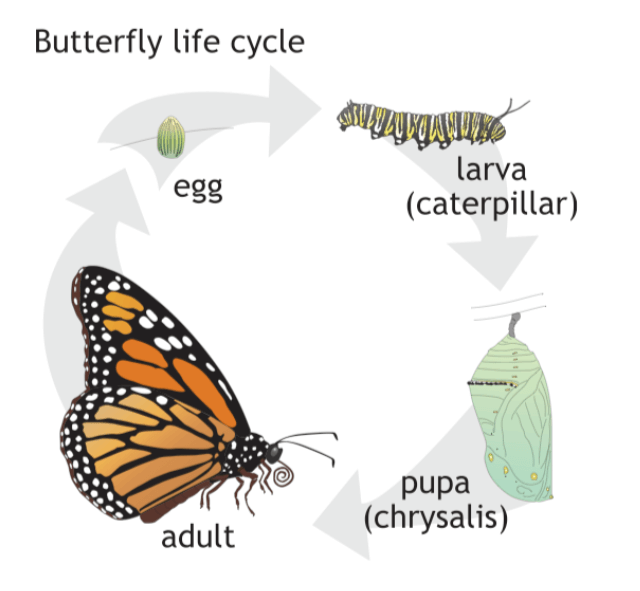
Butterflies often have an incredibly short lifespan, typically just a few weeks after they emerge from their chrysalis. Butterflies face many hazards, including predators, parasites, and environmental changes. Despite their short lifespans, they can still travel hundreds of kilometers during migration.
Butterflies start as eggs laid by the female on various plants and then hatch into larvae or caterpillars, which feed on the leaves for several weeks.
Finally, the pupa or chrysalis is formed in which the caterpillar undergoes metamorphosis to become an adult butterfly.
Some species may over-winter in this stage until favorable weather conditions allow them to emerge as adults when they usually only live for a few weeks before dying. During this time, the butterfly will feed on nectar from flowers and mate with other butterflies if possible.
This short lifespan ensures that populations remain relatively stable and habitats remain adapted to their environment.
8. Butterflies Don’t Eat Solid Food
Instead, they survive on a liquid diet of nectar and other plant juices. To do this, they have a proboscis, which is like a long straw used to sip liquid food. Butterflies also require nutrients that come from pollen to sustain their diets.
This is why they frequently visit flowers when seeking food sources. By feeding off the pollens in the process, butterflies help plants to propagate by furthering pollen spread to other plants and flowers.
This effectively helps fertilize them, allowing the plant to reproduce by producing fruits and vegetables. As such, butterflies are an integral part of our ecosystem as they provide necessary crucial functions for life on earth to exist in its current form.
9. Butterflies Use Mud Puddles For Drinking And Gaining Minerals And Sodium
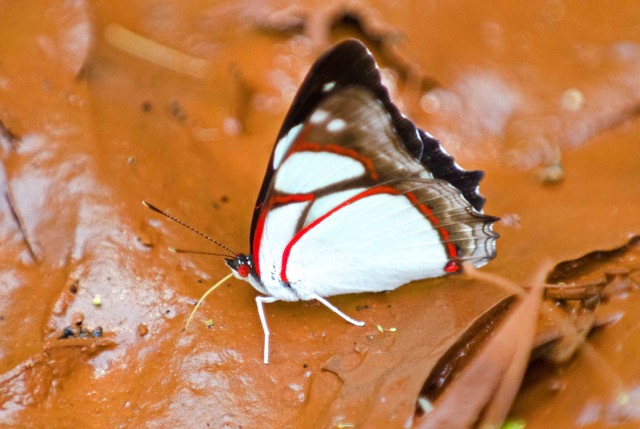
You might not know, but butterflies drink from mud puddles! They use their beak, like a straw, to suck up minerals and salts from the surface of the mud.
This behavior is called “puddling,” and it’s how butterflies get essential nutrients like sodium and amino acids that they can’t get from nectar or pollen.
Puddling also helps them stay cool in hot weather, as the mud helps to absorb heat. Additionally, some species have been observed gathering around wet spots on the ground to gain access to particular minerals often found in these areas.
10. Butterflies Have Four Wings

This is one of the most bizarre facts about butterflies, but it’s true – these colorful little insects have four wings! Two pairs of wings make up a butterfly’s anatomy. The front wings, called the forewings, are usually more prominent than the hind wings.
Each of these wings has a specific purpose–the forewings help the butterfly fly, while the hindwings provide stability and balance to the insect during flight. The wings feature a pattern of veins throughout them, giving strength and elasticity so that they do not tear easily during the flight.
11. Butterflies Can See Colors Human Eyes Can’t
Butterflies can view colors in the ultraviolet spectrum, something our eyes cannot do. Ultraviolet light is shorter than visible light and is usually not visible to humans.
This is due to their compound eyes, which are composed of thousands of tiny lenses called ommatidia. By detecting light from a broader spectrum, butterflies can see many more colors, including ultraviolet light. This ability gives butterflies an advantage when it comes to finding food and mates and avoiding predators.
They use this ability to pick up on small details unseen by the human eye, such as nectar or egg-laying sites on leaves and flowers.
By detecting the ultraviolet pattern of a flower, butterflies can know if it provides nectar without having to land on it.
This means they can quickly identify food sources without the risk of predation. By using their eyesight, butterflies have adapted to survive in their environment more effectively than many other insects.
12. Butterflies Have Long Migration Journeys

Many species of butterflies migrate long distances every year. It is estimated that monarch butterflies can travel up to 2600 miles during their annual migration!
They may travel from Canada and the US down to Mexico, navigating through harsh winter climates and braving treacherous weather conditions to reach their destination.
During their long voyage, they will take periodic rest stops, gathering energy from various sources such as nectar and fruit. Their epic migration is truly a marvel of nature!
13. Butterflies Have 6,000 Lenses in Their Eyes
Butterflies have 6,000 individual lenses in their eyes, known as ‘ommatidia.’ The structure of the eye is divided into two parts, the ‘cornea’ and the ‘retina.’
Each ommatidium comprises a tiny cornea and eight photoreceptor cells surrounded by support cells and pigment cells.
This enables butterflies to view the world in 240-degree vision, giving them some of the best eyesight among insects. Unlike human sight, however, they can neither focus on distant objects nor have depth perception.
In addition to having 6,000 lenses in their eyes, butterflies also have an additional pair of antennae-like organs called ‘stalked simple eyes,’ which give them light sensitivity.
Stalked simple eyes detect if there is a change in brightness due to movement or a shadow passing overhead.
Because these stalked simple eyes can only see changes in light intensity, they inform the butterfly that something may be moving nearby without providing them with any image information about what it is.
These simple stalked eyes are essential for helping butterflies evade predators or seek out food sources during flight.
14. Butterflies Are Symbols of Transformation
The butterfly is a beautiful symbol of transformation, grace, and beauty. Its life cycle mirrors the cycle of life itself, from egg to caterpillar to chrysalis to mature butterfly.
It’s no wonder different cultures worldwide have adopted the butterfly as a symbol of transformation and renewal.
The ancient Greeks believed that butterflies symbolized the souls of their loved ones who had passed away, while the Japanese often associated them with young girls who were thought to have special powers of luck.
In many cultures, they also represent rebirth and hope; it’s not uncommon to see them used in artwork or even jewelry that signifies crucial moments in someone’s life.
With their bright colors, graceful movements, and mysterious nature, butterflies are a famous symbol of transformation worldwide.
Conclusion
To sum up the list of amazing facts about butterflies, we can say that butterflies are remarkable and fascinating entities from which we can absorb extensive information.
These elegant insects demonstrate peculiar and intriguing habits, including puddling, that enable them to flourish in the wild.
By gaining a more comprehensive grasp of these captivating organisms’ activities, we can render them tremendous respect and safeguard them more adequately.
Sources:
- All about butterflies | Department of Horticulture. (n.d.). https://www.uky.edu/hort/butterflies/all-about-butterflies
- Monarch Butterfly Migration and Overwintering. (n.d.)
- NCBI – WWW Error Blocked Diagnostic. (n.d.)
- Sloat, S. (2018, January 10). Moth Fossils Older Than Flowers Were Shaped By Climate Change. Inverse. https://www.inverse.com/article/40079-earliest-fossils-butterflies-moths-climate-change
Read More:
- Are Dolphins Evil? 12 Reasons Why We Think So!
- 30 Amazing Animal Superpowers That You Wish You Had
- Everything About Finger Monkey aka Pocket Monkey (Pygmy Marmoset)
- 30 Surprising Facts About Fingernails – You Won’t Believe #13!
- 51 Mind-Blowing Facts About the English Language That You Must Know
- 32 Mind-Blowing Facts about Spiders You Need to Know
